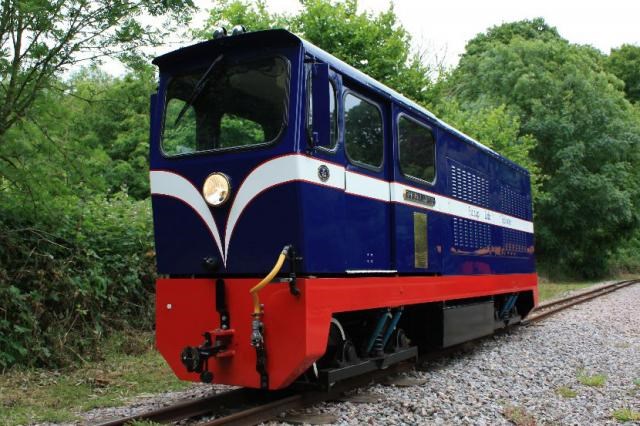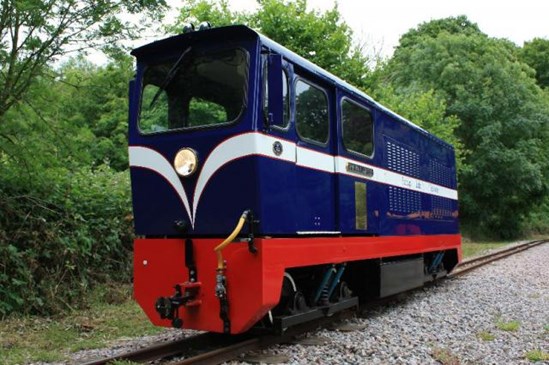Ruislip Lido Railway Society Limited in Hillingdon has received a £75k grant from HS2’s Community & Environment Fund (CEF) to convert one of their diesel engines into low-carbon battery power.
Forming part of a fleet of six locomotives that operate on the site, Graham Alexander- currently a 4.5 Litre Perkins Engine weighing three tonnes in total- will be converted as part of a wider drive from the Society to reduce local noise pollution and remove CO₂ costs associated with running the 12-inch narrow gauge railway.
Cathy Elliott, Independent Chair of the HS2 Funds, said:
“I’m thrilled that HS2’s Community and Environment Fund can play a pivotal role in ensuring that heritage features like the Ruislip Lido Railway can continue to serve the local community for decades to come.
“This is a unique and creative project which highlights the flexibility the HS2 Funding schemes can offer to a variety of organisations operating near to HS2’s line of route. I would encourage organisations with creative project ideas, who are also impacted by the construction of HS2, to come forward and apply for funding.”
Ruislip Lido was originally built in 1811 as a reservoir to supply drinking water for London via the newly built Grand Junction Canal. After World War II, the Grand Union Canal Company developed the Lido as a tourist attraction for war-torn Londoners, including establishing a miniature railway running around the perimeter of the 60 acre lake.
Today the Railway runs over 200 days a year and is entirely managed and operated by a team of over 130 active volunteers.
Matthew Thomas, a Member of Ruislip Lido Railway Society, said:
“Graham Alexander is expected to re-enter operation later this year, hauling visitors around our unique Railway.
“A local organisation recommended we looked into a HS2 grant, we were pleasantly surprised with how simple and user friendly the application process was and would certainly encourage other organisations to take full advantage of this great scheme.
“We believe this project is likely to be the first narrow gauge railway in the UK to convert an existing diesel powered locomotive to an entirely renewable energy source The project will be a important test bed for improving the long-term direction of narrow-gauge railways diesel fleet renewals across the UK.
“We are immensely grateful to HS2 for their support and are really excited to be showing off a renewably powered Graham Alexander later this year.”
HS2 Ltd has awarded £14,866,498 to 259 community projects on Phase One and Phase 2a over the last six years. Projects in the Central Area of HS2’s Phase One, including Buckinghamshire, Northamptonshire, Oxfordshire and Hertfordshire have received over £4.9 million in total.
Twelve projects in Buckinghamshire, Northamptonshire & Oxfordshire shared £540,485 in funding in the last year alone.
The CEF & BLEF schemes will provide up to £45m of funding throughout the construction timeline of HS2, supporting community-led projects that improve the environment, such as tree planting and energy efficiency measures.
The Funds also support initiatives that bring benefits to local communities, such as the provision of new community facilities or support for local heritage and culture.
ENDS

